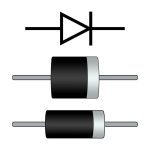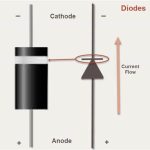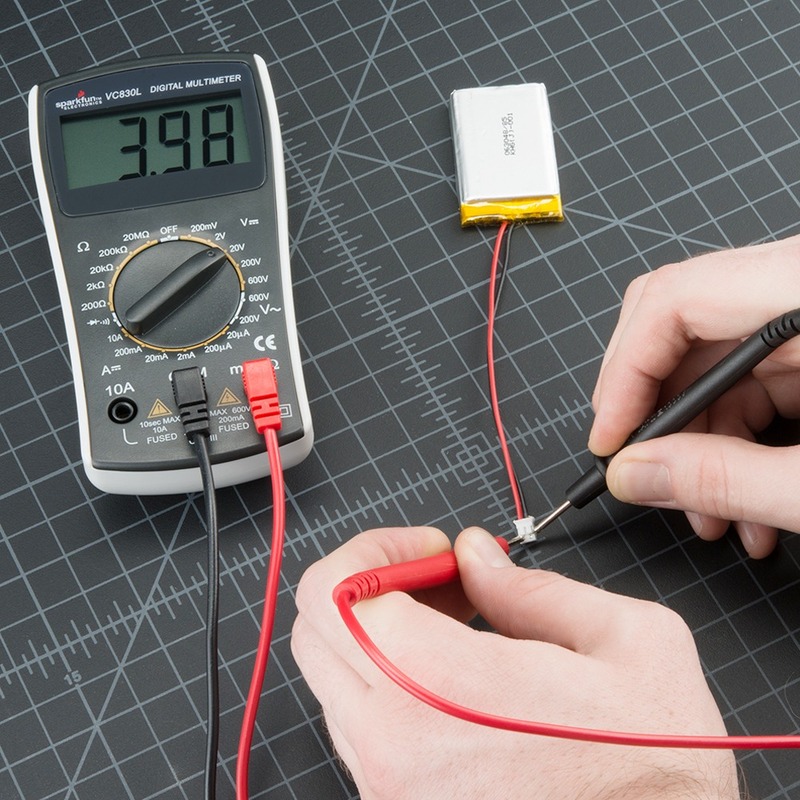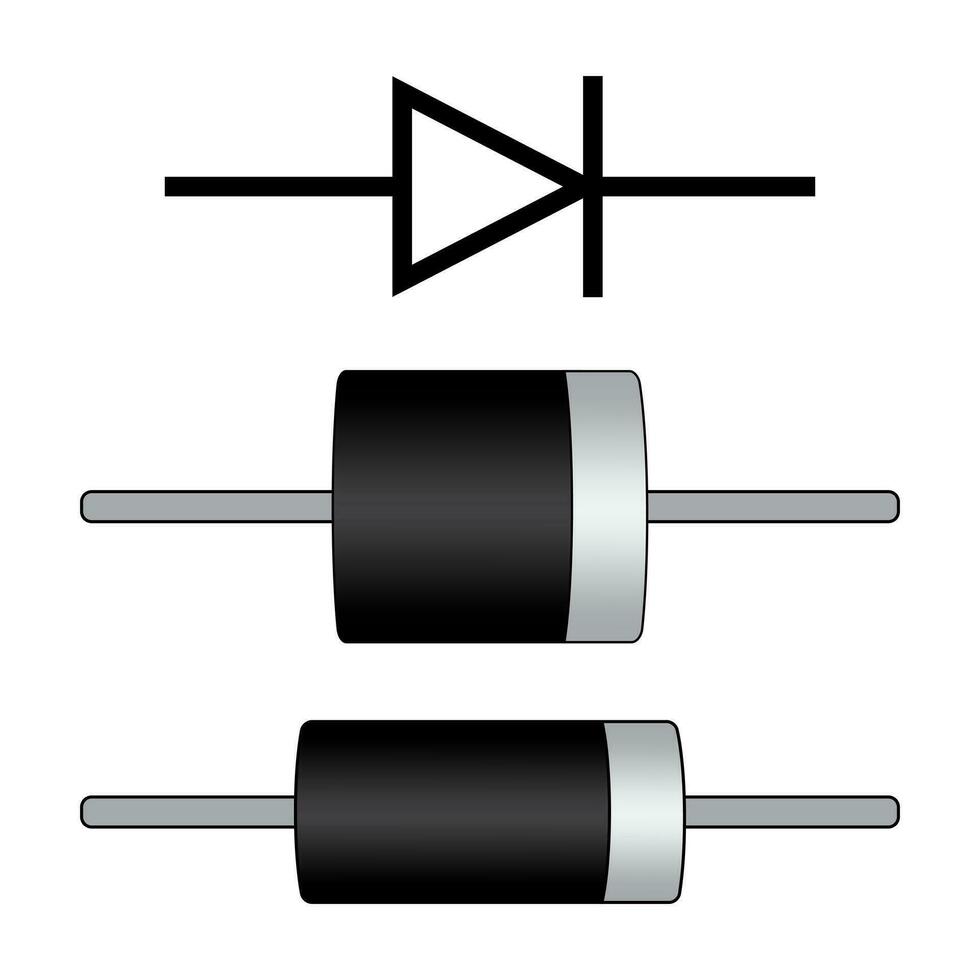 Introduction:
Introduction:
Resistors are fundamental components in electrical and electronic circuits that provide specific levels of resistance to the flow of electric current. While they may seem simple, resistors play a crucial role in controlling current flow, regulating voltage levels, and protecting sensitive components. In this comprehensive guide, we will explore what a resistor does and its significance in various applications. Whether you’re a novice or an electronics enthusiast, this article will provide valuable insights into the functionality and importance of resistors.
 Understanding Resistance
Understanding Resistance
Defining Resistance:
Resistance is a measure of how much a material or component opposes the flow of electric current.
It is measured in ohms (Ω) and is represented by the symbol “R.”
Factors Affecting Resistance:
Resistance depends on several factors, including the material’s properties, length, cross-sectional area, and temperature.
Materials with high resistivity, longer lengths, smaller cross-sectional areas, and higher temperatures have higher resistance values.
Functions of a Resistor
Current Limiting:
One of the primary functions of a resistor is to limit the amount of current flowing through a circuit.
By providing a specific resistance value, a resistor restricts the flow of current to prevent excessive current that could damage components.
Voltage Regulation:
Resistors help regulate voltage levels by creating voltage drops across them.
By utilizing Ohm’s Law (V = IR), where V represents voltage, I represents current, and R represents resistance, resistors enable voltage adjustments in circuits.
Dividing Voltage:
Resistors are frequently used to create voltage dividers, which divide the input voltage into smaller proportions.
This is advantageous in applications requiring specific voltage levels in different parts of a circuit.
Current Sensing:
Resistors are often used in current sensing applications to measure the current flowing through a circuit or component.
By providing a known resistance value, they enable the calculation of current using Ohm’s Law.
Types of Resistors
Carbon Composition Resistors:
Carbon composition resistors are made of a mixture of carbon particles and an insulating material.
They are inexpensive but have limited precision and stability.
Metal Film Resistors:
Metal film resistors are made by depositing a thin layer of metal, such as nickel or tin, on a ceramic substrate.
They offer higher precision, stability, and reliability compared to carbon composition resistors.
Wirewound Resistors:
Wirewound resistors consist of a wire wound around a non-conductive core, such as ceramic or fiberglass.
They provide high precision, power handling capabilities, and low temperature coefficients.
Surface Mount Resistors:
Surface mount resistors are compact and designed for automated assembly onto printed circuit boards.
They are widely used in modern electronic devices and offer a range of resistance values.
 Applications of Resistors
Applications of Resistors
Voltage Divider Circuits:
Voltage divider circuits use resistors to divide the voltage input into desired proportions.
They are utilized in audio amplifiers, sensor circuits, and power supply circuits.
Current Limiting and Protection:
Resistor values are carefully selected to limit current flow and protect sensitive components, such as LEDs or integrated circuits (ICs), from excessive current.
Thermistors in Temperature Sensing:
Thermistors, a type of resistor with resistance that varies with temperature, are used in temperature sensing applications.
They can be found in thermostats, temperature control systems, and medical devices.
Pulldown and Pullup Resistors:
Pulldown and pullup resistors are used to ensure a specific voltage level in digital circuits.
They are commonly employed in microcontrollers, communication protocols, and switch debouncing circuits.
Here are the steps to measure resistance using a multimeter:
To measure resistance, you can use a multimeter, a device commonly used to measure voltage, current, and resistance. Here are the steps to measure resistance using a multimeter:
Set the multimeter:
Turn on the multimeter and set it to the resistance (Ω) function. This is usually indicated by the symbol Ω or the word “ohms” on the multimeter. If your multimeter has multiple resistance ranges, select the appropriate range based on the expected resistance value.
Disconnect the circuit:
Ensure that the circuit or component you want to measure is not powered or connected to any power source. This will prevent any interference and ensure accurate resistance measurement.
Connect the test leads:
Attach the multimeter’s test leads to the appropriate terminals. The red lead typically connects to the positive terminal, sometimes indicated by a “+” symbol or a red plug, while the black lead connects to the negative or common terminal, often indicated by a “-” symbol or a black plug.
Touch the test leads:
Touch the metal tips of the test leads to the two points across the component or part of the circuit you want to measure. Make sure the test leads make good contact with the material you are measuring. Avoid touching the tips of the test leads with your bare hands to minimize any interference.
Read the resistance value:
The multimeter will display the resistance value on its screen. Note the reading in the appropriate units (ohms or kilohms).
Interpret the reading:
If the resistance measurement is within the expected range or matches the component’s specifications, it indicates that the component or circuit is functioning as expected. If the resistance reading is significantly different from what is expected, there may be a problem with the component or circuit being measured.
Remember to select the appropriate range on the multimeter, take precautions to ensure safety, and consult the multimeter’s user manual for specific instructions on its operation and any additional features.
 Some general care and maintenance guidelines for resistors:
Some general care and maintenance guidelines for resistors:
Resistors, being passive electronic components, usually do not require specific maintenance. However, here are some general care and maintenance guidelines for resistors:
Avoid physical damage:
Handle resistors with care to prevent physical damage, such as bending or breaking leads. Physical damage can impair the resistor’s performance or render it non-functional.
Prevent overheating:
Resistors generate heat during normal operation. Ensure that resistors are not subjected to excessive levels of heat, as this can impact their performance and accuracy. Proper ventilation and heat dissipation should be considered when designing or installing resistors.
Protect from moisture and contaminants:
Moisture and contaminants can affect the performance and stability of resistors. Ensure that resistors are kept in a clean, dry environment to avoid moisture damage, oxidation, or corrosion. If necessary, use protective coatings or enclosures to shield resistors from harsh or corrosive environments.
Avoid excessive shock or vibration:
Resistors should be mounted securely to prevent excessive shock or vibration. Mechanical stress can lead to damage or disconnection of the resistor elements or leads, impacting their performance.
Regular inspections:
Periodically inspect resistors for any signs of physical damage, discoloration, or degradation. Pay attention to any changes in their electrical properties or performance. If any issues are identified, consider replacing the resistor as necessary.
Follow manufacturer specifications:
Refer to the manufacturer’s specifications and guidelines for any specific care instructions or limitations related to the resistors being used. Adhering to manufacturer recommendations will help ensure accurate and reliable performance.
It’s important to note that different types of resistors may have specific care requirements or limitations. Consult the datasheet or reference the manufacturer’s information for any specific maintenance guidelines and ensure compliance with recommended practices.
 Conclusion:
Conclusion:
Resistors are essential components in electrical and electronic circuits, providing specific levels of resistance to control current flow, regulate voltage, and protect sensitive components. Their functions include current limiting, voltage regulation, voltage division, and current sensing. By understanding the types of resistors available and their various applications, you can design and optimize circuits effectively. Remember, the selection of resistors depends on specific circuit requirements, such as power handling capabilities, precision, stability, and temperature coefficients. With their simplicity yet critical functionality, resistors exemplify the foundational principles of electronics and their crucial role in countless applications.










